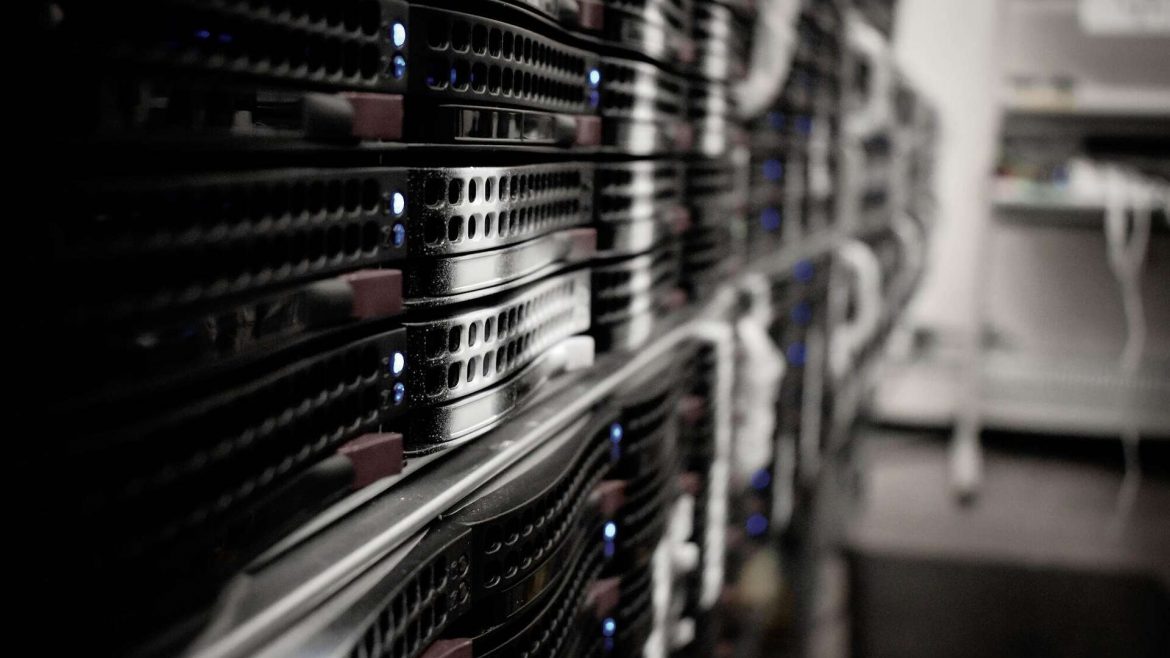Destroying PHI and PII Data: Why It’s Essential for Protecting Confidential Information
Protected Health Information (PHI) and Personally Identifiable Information (PII) are two types of confidential information that require special attention when it comes to destroying and disposing of it. In this article, we’ll discuss why destroying PHI and PII data is essential for protecting sensitive information and what steps you can take to ensure its proper destruction.
Why Is Destroying PHI and PII Data Important?
PHI and PII data contain sensitive information about individuals, such as their medical history, personal identification information, and financial information. If this information falls into the wrong hands, it can be used for identity theft, fraud, or other malicious purposes. It’s essential to take proper measures to protect this confidential information and ensure that it’s destroyed securely and properly.
Regulations for Destroying PHI and PII Data
The Health Insurance Portability and Accountability Act (HIPAA) and the General Data Protection Regulation (GDPR) are two regulations that set standards for protecting and destroying PHI and PII data. HIPAA requires that all PHI be properly disposed of when it’s no longer needed, while GDPR requires that all PII data be erased when it’s no longer necessary. Both regulations require that proper measures be taken to ensure the confidentiality and security of this information.
Methods for Destroying PHI and PII Data
There are several methods for destroying PHI and PII data, including:
- Physical Destruction: Physical destruction involves shredding or otherwise destroying paper documents that contain PHI or PII data. This method is considered the most secure, as it ensures that the information is completely destroyed and cannot be recovered.
- Electronic Deletion: Electronic deletion involves erasing digital information, such as hard drives or other electronic storage devices. This method is used to destroy PHI or PII data that is stored electronically. However, simply deleting files from your computer is not enough to ensure that the information is completely erased. Instead, it’s essential to use specialized software that overwrites the data multiple times, making it impossible to recover.
- Encryption: Encryption is a method of protecting PHI and PII data by converting it into a code that cannot be read by unauthorized users. Once the information is encrypted, it can only be accessed with a key or password. This method is often used to protect electronic data in transit or when it’s stored on removable media, such as USB drives.
Choosing a Method for Destroying PHI and PII Data
When choosing a method for destroying PHI and PII data, it’s essential to consider the type of information you need to protect, the regulations that apply to your industry, and your budget. In most cases, physical destruction is considered the most secure method, but it can also be the most costly. Electronic deletion and encryption are less expensive options, but they may not provide the same level of security as physical destruction.
Final Thoughts
Destroying PHI and PII data is essential for protecting confidential information and ensuring compliance with regulations. There are several methods for destroying this information, including physical destruction, electronic deletion, and encryption. When choosing a method, it’s important to consider the type of information you need to protect, the regulations that apply to your industry, and your budget. By taking proper measures to destroy PHI and PII data, you can ensure that sensitive information is protected and secure.

